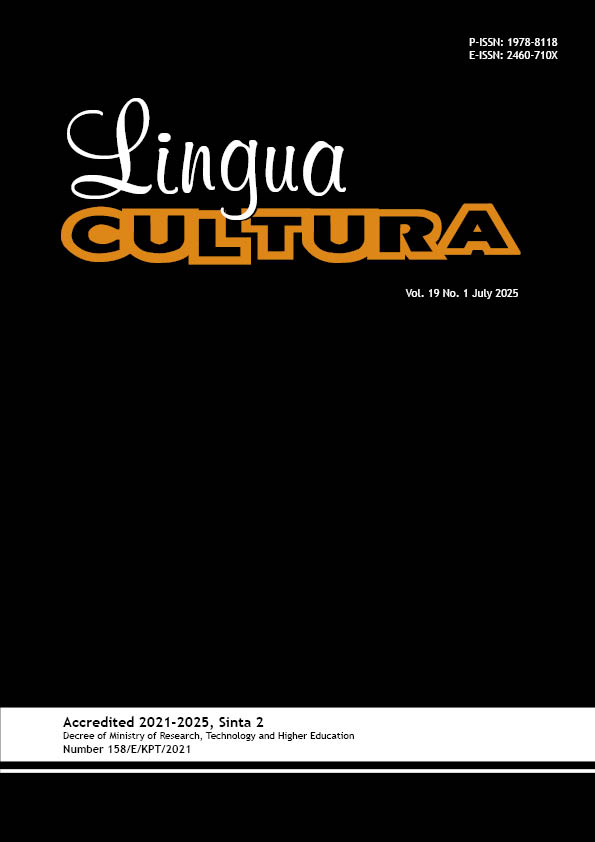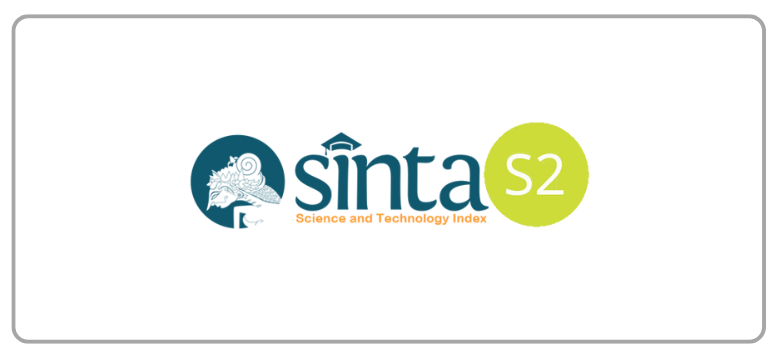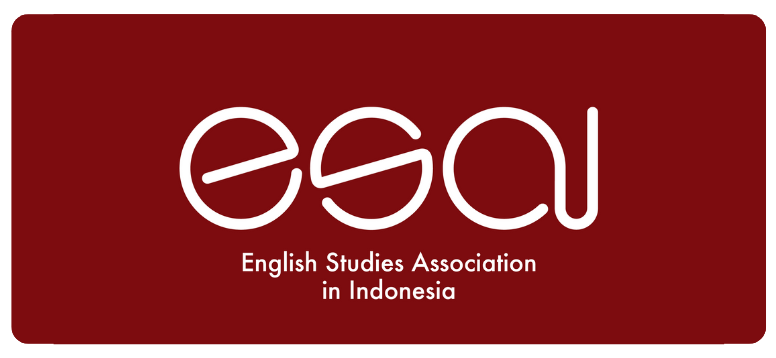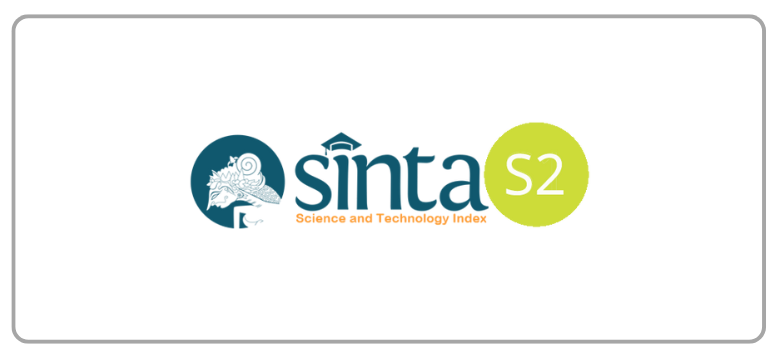Students' Attitudes towards Tadoku Using Graded Readers in the Indonesian JFL Context
DOI:
https://doi.org/10.21512/lc.v19i1.13421Keywords:
Japanese language learning, extensive reading, graded readers, JFL, students’ attitudesAbstract
Limited reading skills and difficulties in understanding Japanese texts are persistent challenges faced by learners of Japanese as a foreign language (JFL) in Indonesia. These issues often stem from a limited vocabulary and insufficient knowledge of Kanji, resulting in a lack of confidence and motivation to engage with Japanese texts. To address this problem, the research implements tadoku (extensive reading) activities aimed at fostering a more positive reading experience and increasing students’ interest in reading Japanese texts. While previous studies on Japanese language learning in Indonesia have primarily focused on reading anxiety, the research shifts the focus toward the emotional and motivational responses of learners participating in tadoku activities using graded readers—a relatively underexplored area in the context of JFL education in Indonesia. This qualitative research involved 48 second-year university students enrolled in a Japanese grammar course. Tadoku was introduced as an in-class introductory activity. Data were collected through classroom observations, questionnaires, and short interviews conducted after the tadoku sessions. The findings indicate that learners responded positively to the tadoku activity. The use of graded readers helped reduce anxiety when encountering unfamiliar Kanji and vocabulary, while also increasing students’ engagement due to the presence of illustrations and a variety of accessible themes. Furthermore, the availability of graded readers at various levels enabled learners to select texts suitable to their proficiency, promoting greater autonomy, motivation, and enjoyment in reading.
References
Abang Yusof, D. A. (2021). Reading habits among students in the digital era. Journal of Academic Library Management (AcLiM), 1(1), 43-54.
Abdullah, N. A. T., Sharif, S., Pow Yean, C., Rahmat, N. H., Abdul Rashid, N. R., & Ahmad, N. (2022). An investigation of motives and fear of learning Japanese as a foreign language. International Journal of Academic Research in Business and Social Sciences, 12(1). https://doi.org/10.6007/IJARBSS/v12-i1/12150
Anaktototy, K., & Lesnussa, I. (2022). Improving EFL students’ reading comprehension and critical thinking skill through directed reading thinking activity. Eralingua: Jurnal Pendidikan Bahasa Asing Dan Sastra, 6(1), 244. https://doi.org/10.26858/eralingua.v6i1.27711
Bui, T. N. (2021). Students’ attitudes to online reading in the era of technology at the university of transport and communications. AsiaCALL Online Journal, 12(3), 1-8. https://asiacall.info/acoj/index.php/journal/article/view/28
Day, R., & Bamford, J. (2002). Top ten principles for teaching extensive reading. Reading in a Foreign Language, 2. https://scholarspace.manoa.hawaii.edu/server/api/core/bitstreams/cfe8828c-29d8-40d1-b8f1-751118559223/content
Lestari, L. (2022). Reading graded readers: A recommended activity for helping EFL beginners acquire English and its culture. Proceedings of the 10th UNNES Virtual International Conference on English Language Teaching, Literature, and Translation, ELTLT 2021, 14-15 August 2021, Semarang, Indonesia. https://doi.org/10.4108/eai.14-8-2021.2317610
Liu, M., Chano, J., & Luo, M. (2023). Enhancing Japanese reading comprehension skills among students: An instructional model perspective. Journal of Curriculum and Teaching, 12(6), 318. https://doi.org/10.5430/jct.v12n6p318
Mohar, B. (2024). Can beginner JFL learners do ER? Text comprehension, reading rate, materials, and reading targets for beginner JFL reading. Reading in a Foreign Language, 36(1), 1-30.
Moradi, E., & Ghabanchi, Z. (2025). Scrutinizing the role of foreign language reading anxiety in the application of cognitive and metacognitive reading strategies. Learning: Research and Practice, 1-17. https://doi.org/10.1080/23735082.2024.2448459
Nagano, M. (2024). Learners’ initiatives and perspectives in a Japanese extensive reading course: Focusing on the course framework. Bulletin of Institute for Promotion of Education and Campus Life, Okayama University, 1, 27-46. http://doi.org/10.18926/66853
Nakagawa, A., & Azuma, K. (2024). TADOKU activities using the online TADOKU library. The Japan Foundation Journal on Japanese-Language Education, 20, 101-113. https://doi.org/10.20649/0002000339
Nakano, T. (2023). Exploring the possibility of incidental grammar learning through extensive reading: Effectiveness of form-focused Japanese graded readers. The Reading Matrix: An International Online Journal, 23(2), 1-12. https://www.readingmatrix.com/files/31-eoaa50ms.pdf
Nation, P., & Ming-Tzu, K. W. (1999). Graded readers and vocabulary. Reading in a Foreign Language, 12(2), 355-380. https://doi.org/10.26686/wgtn.12560366.v1
Oesman, A. M., & Wardhana, C. K. (2013). Upaya meningkatkan kemampuan memahami bacaan bahasa Jepang tingkat dasar melalui model pembelajaran cooperative learning teknik script (Penelitian tindakan kelas pada mahasiswa semester II prodi pendidikan bahasa Jepang Unnes). IZUMI, 2(2). https://ejournal.undip.ac.id/index.php/izumi/article/view/6898
Permatasari, A. N., & Wienanda, W. K. (2023). Extensive reading in improving reading motivation: A student’s perspective. Eralingua: Jurnal Pendidikan Bahasa Asing Dan Sastra, 7(2), 220. https://doi.org/10.26858/eralingua.v7i2.45638
Pham, U. M. N. (2021). The effects of reading habits on reading comprehension among EFL students at Van Lang University. International Journal of TESOL & Education, 1(2), 15-44. https://i-jte.org/index.php/journal/article/view/19
Robb, T. N., & Ewert, D. (2024). Classroom-based extensive reading: A review of recent research. Language Teaching, 57(3), 295-324. https://doi.org/10.1017/S0261444823000319
Rothville, K. (2024). Developing a Japanese vocabulary levels test for the purposes of extensive reading. Journal of Extensive Reading, 11(2), 1-15. https://jalt-publications.org/content/index.php/jer/article/view/1221
Rothville, K., & Skalicky, S. (2025). An examination of the utility of the Aozora repository to support reading comprehension development, reading fluency, and extensive reading for L2 learners of Japanese. System, 129, 103564. https://doi.org/10.1016/j.system.2024.103564
Safira, A., Basri, M. S., & Yohani, A. M. (2023). Tingkat kecemasan membaca bahasa Jepang pada mahasiswa program studi pendidikan bahasa Jepang. Jurnal Pendidikan Bahasa Jepang Undiksha, 9(1), 57-64. https://doi.org/10.23887/jpbj.v9i1.53877
Sakuta, N. (2021). Possibilities of online Japanese TADOKU (extensive reading) classes: A report based on a survey of online Japanese TADOKU classes. The Bulletin of Seigakuin University General Research Institute, 68, 87-134. https://doi.org/10.15052/00003945
Srisurapanon, W., & Sasaki, R. (2021). A report of an extensive reading activity in an online Japanese course in Thailand. Nihongo Kyoiku Houhou Kenkyukaishi (Japanese Language Education Methods), 28(1), 30-31. https://doi.org/10.19022/jlem.28.1_30
Wahidati, L., & Rahmawati, D. (2019). Persepsi mahasiswa tentang kesulitan yang dihadapi saat menempuh JLPT: Studi kasus mahasiswa program studi bahasa Jepang sekolah vokasi Universitas Gadjah Mada. JLA (Jurnal Lingua Applicata), 3(1), 41-52. https://doi.org/10.22146/jla.55862
Yokoyama, R. (2021). Attempts of online Japanese extensive reading class. Nihongo Kyoiku Houhou Kenkyukaishi (Japanese Language Education Methods), 27(1), 66-67. https://doi.org/10.19022/jlem.27.1_66
Downloads
Published
How to Cite
Issue
Section
License
Copyright (c) 2025 Lufi Wahidati, Ryozo Sasaki, Genya Onuma, Sa'idatun Nishfullayli

This work is licensed under a Creative Commons Attribution-ShareAlike 4.0 International License.
Authors who publish with this journal agree to the following terms:
a. Authors retain copyright and grant the journal right of first publication with the work simultaneously licensed under a Creative Commons Attribution License - Share Alike that allows others to share the work with an acknowledgment of the work's authorship and initial publication in this journal.
b. Authors are able to enter into separate, additional contractual arrangements for the non-exclusive distribution of the journal's published version of the work (e.g., post it to an institutional repository or publish it in a book), with an acknowledgment of its initial publication in this journal.
c. Authors are permitted and encouraged to post their work online (e.g., in institutional repositories or on their website) prior to and during the submission process, as it can lead to productive exchanges, as well as earlier and greater citation of published work.
USER RIGHTS
All articles published Open Access will be immediately and permanently free for everyone to read and download. We are continuously working with our author communities to select the best choice of license options, currently being defined for this journal as follows: Creative Commons Attribution-Share Alike (CC BY-SA)


















